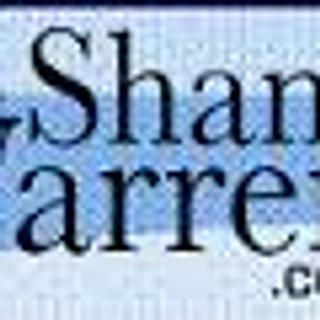The Changing Face of the Workplace
- Shane Warren
- Jun 21, 1999
- 3 min read
Never before has the question posed by the leading US business magazine Fortune have a more apt time: “What’s the difference between a chain gang and a corporation? On a chain gang you get to work outside.”

Organisations are under more pressure than ever to perform in the short term. Change has come by means of smaller teams, growing pressure from CEO’s to achieve targets (themselves under stronger pressure to meet budget by board members who are subject to mounting pressures from markets, institutions, media and regulators) and in general careers in one position are becoming shorter.
That this is happening is no mystery. Although there is no definitive moment as to when the changes began, some suggest one key policy decision by the Hawke Government in late 1983 was certainly a catalyst for this change: the floating of the dollar. This decision began a chain of events that opened the door of a closed economy to an international market and the insurmountable repercussions to workplace culture that was to follow.
Globalization of markets began the changing nature of work and increased the number of working hours. Both US and Australian studies indicate that in one generation the average working week has increased by 8% to be now 47 to 49 hours.
Increased competition worldwide has lead to a wage-cutting, down-sizing strategy in many industries which in turn has led to an increase in stress levels in most offices. The employees wonder if they might be next to go, yet are still relied on to produce higher outcomes with less staff.
Furthermore, changes to the office environment has seen an increase in stress. The growing use of open-plan systems and mobile offices has diminished or destroyed the average worker’s ‘sense of turf.’ Many office workers no longer have an office, and report a feeling of a lack of privacy and identity.
Workplace stress is such an issue worldwide that it was a topic at the 1999 World Economic Forum at Davos, Switzerland. One report from the forum said: “Chief executive officers are increasingly suffering from stress, sleep deprivation, heart disease, loneliness, failed marriages and depression - among other problems. And those woes are taking their toll - on the bottom line.”
How does this affect the employer?
Stress is not new, but without doubt reports of work-based stress are increasing, with employer responsibility (and liability) for employees physical and psychological well-being becoming ever more important. The introduction of websites such as WorkplaceLaw: How to Sue Your Boss for Work Stress Injury Due to Victimisation in the Workplace; changes to industrial relations law, unfair dismissal legislation, the introduction of anti-discrimination controls and the new Australian Standards for Duty of Care legislation indicates it takes more than money, car parks and corner offices to maintain, motivate and minimise stress of good staff.
More companies are recognising that flexibility - working from home or part-time - and introduction of environmental psychology and health prevention programs such as exercise classes or stress management within the workplace have not only improved productivity, increased retention rates, decreased absenteeism and improved general company morale. Companies that have introduced effective people management programs have seen a decrease in disability claims and stress related complex.
In an effort to increase staff retention, a general happier workspace and more efficient staff, three years ago AMP introduced a flexible work policies program. As a result staff turnover has been reduced to 14%, employee satisfaction has more than doubled and more than 90% of women return from maternity leave. These figures indicate that bottom-line big gains are to be made by working with the human interface of an office, yet many managers do not have the skills or the willingness to tackle these “soft” issues, and their reluctance may be costing their organisations dearly.
This article was first published in the Real Estate Institute of Queensland magazine












































Comments